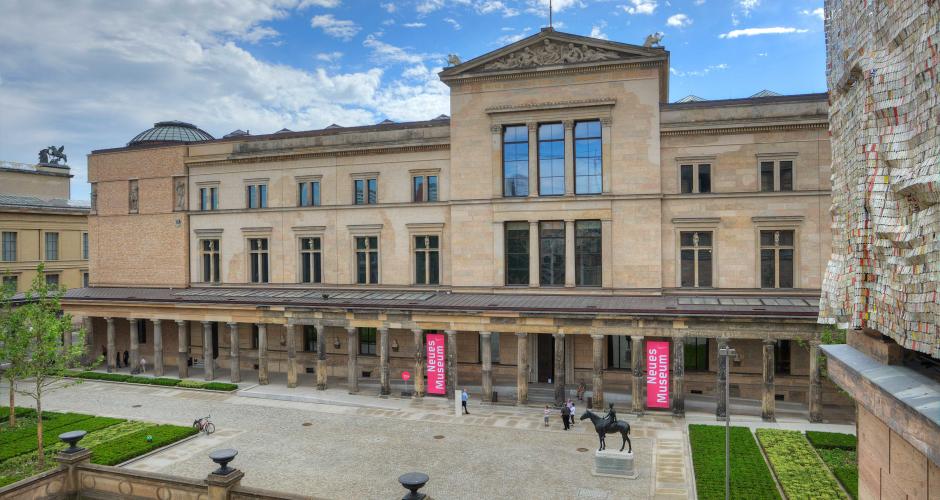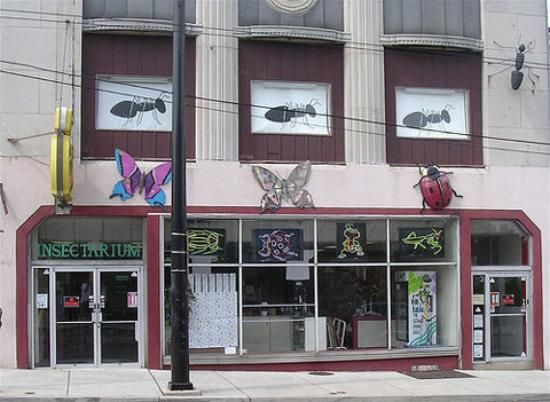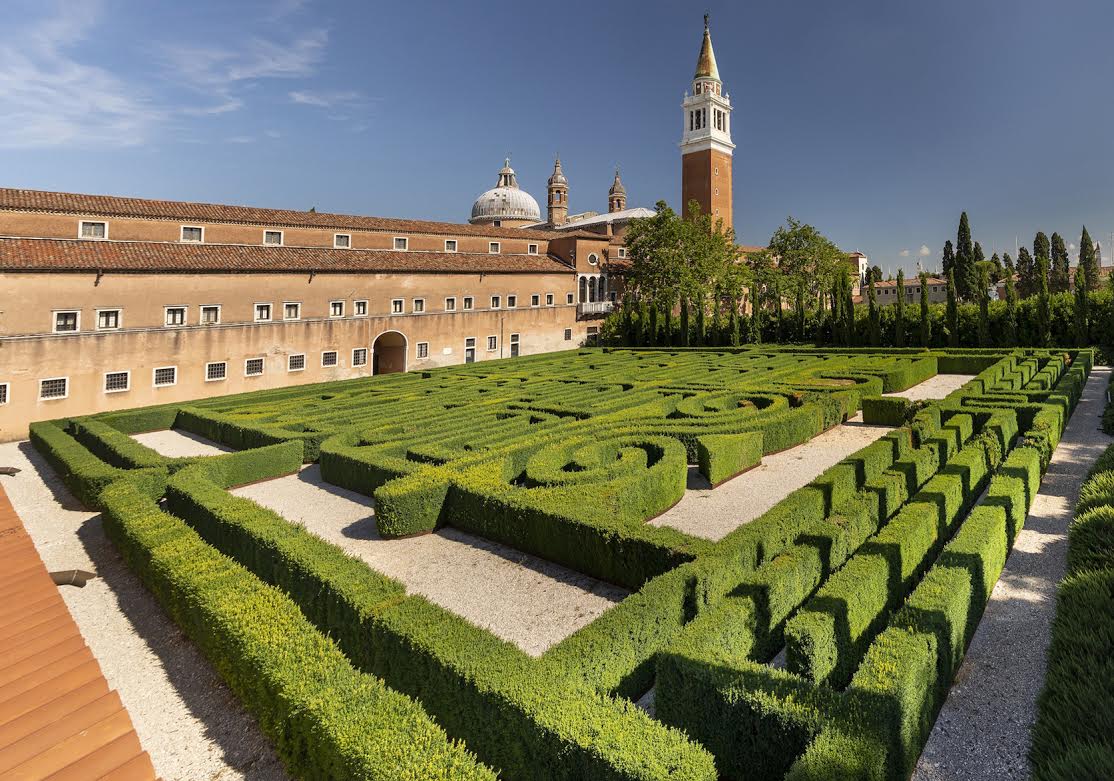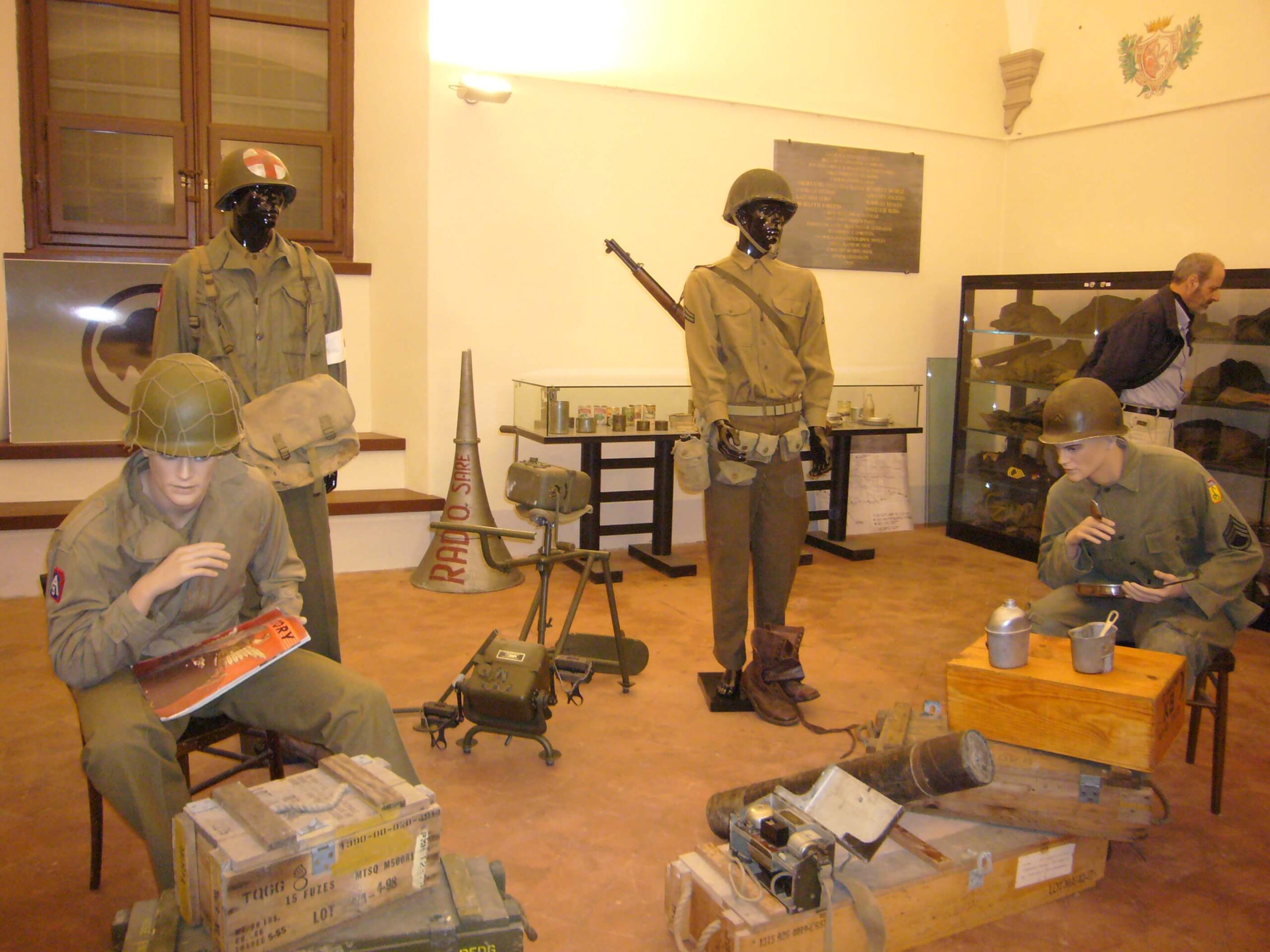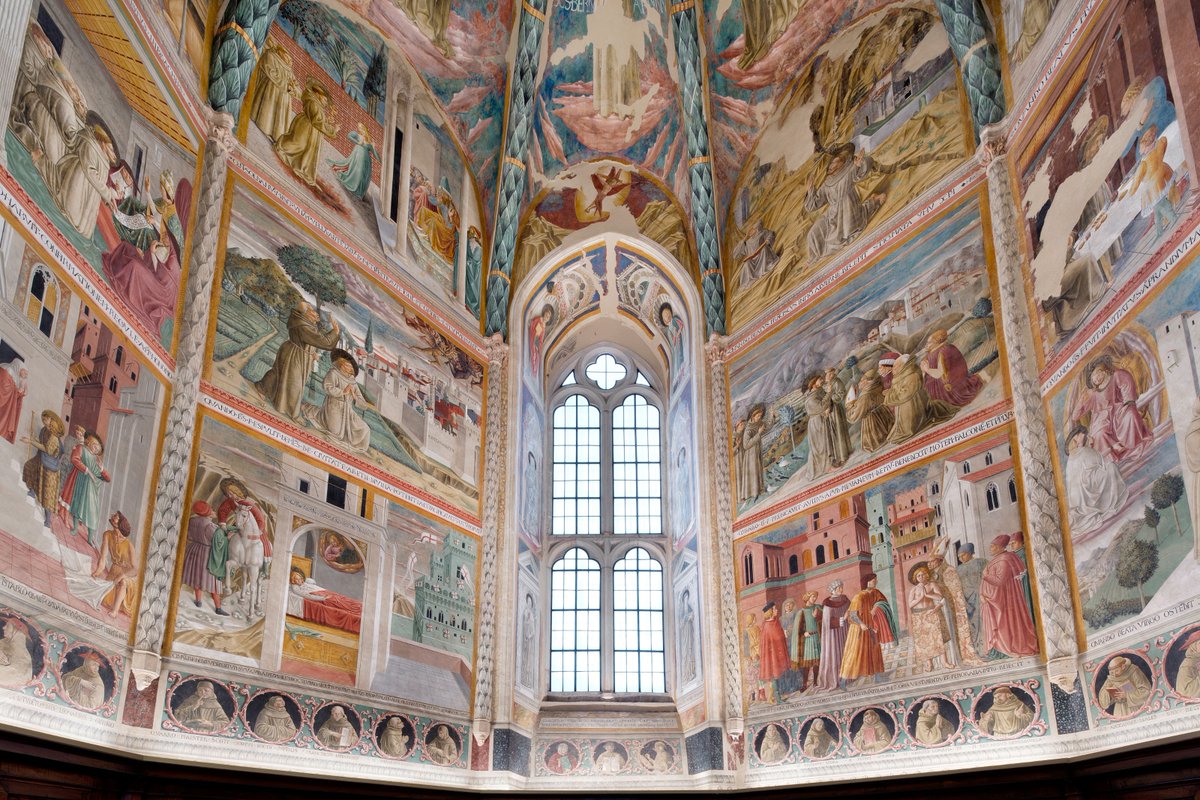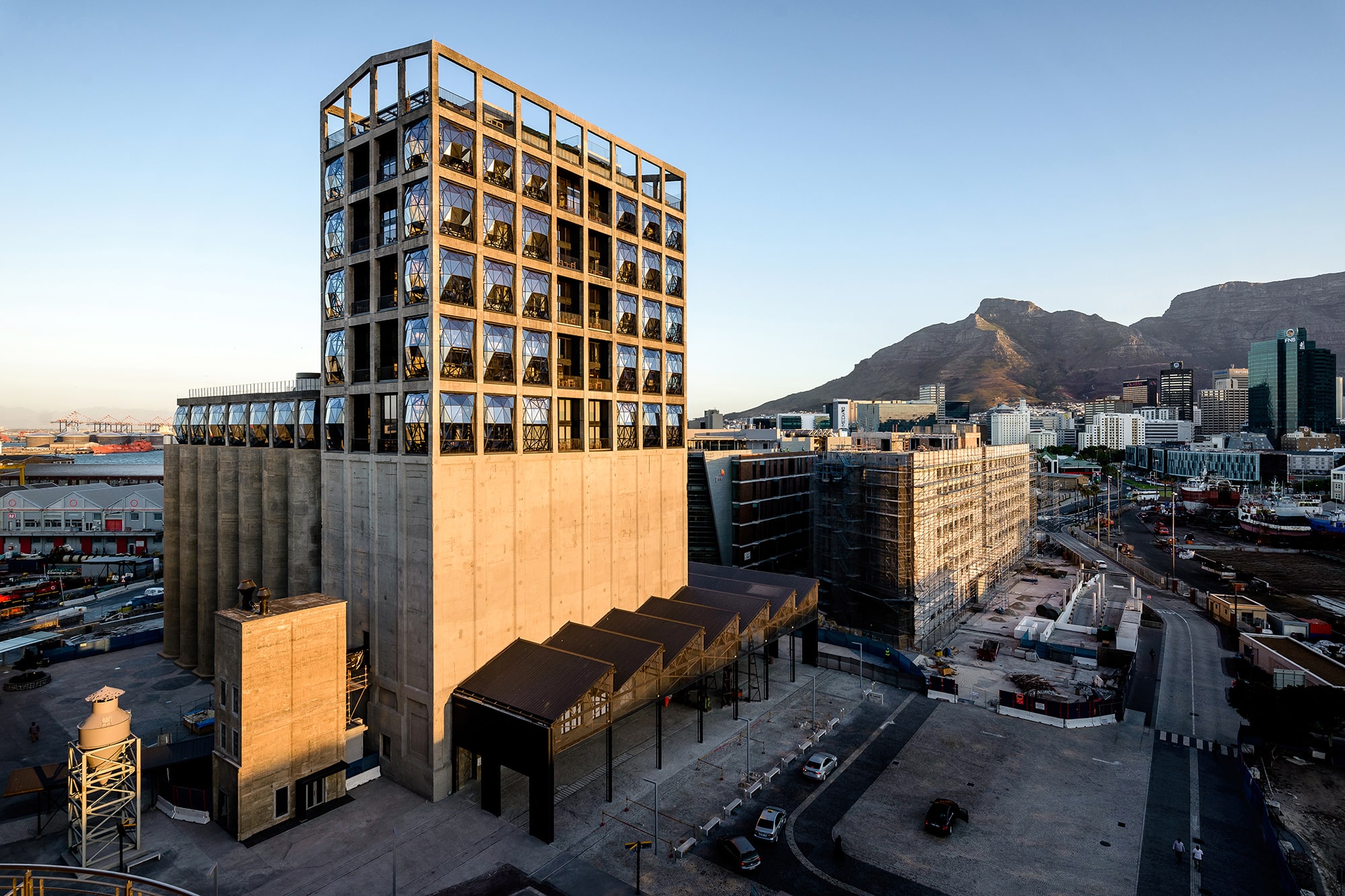The Neues Museum (‘New Museum’) was built between 1843 and 1855 according to plans by Friedrich August Stüler, a student of Karl Friedrich Schinkel. The museum was closed at the beginning of World War II in 1939, and was heavily damaged during the bombing of Berlin. The rebuilding was overseen by the English architect David Chipperfield.
Exhibits include the Egyptian and Prehistory and Early History collections, as it did before the war. The artifacts it houses include the iconic bust of the Egyptian queen Nefertiti.
Both as a part of the Museum Island complex, and as an individual building, the museum testifies to the neoclassical architecture of museums in the 19th century.Since the classical and ornate interiors of the Glyptothek and of the Alte Pinakothek in Munich were destroyed in World War II, the partly destroyed interior of the Neues Museum ranks among the last remaining examples of interior museum layout of this period in Germany.
